SLVUCA2 December 2021 TPS629210
5 Test Results
This section provides the test results of the TPS629210EVM.
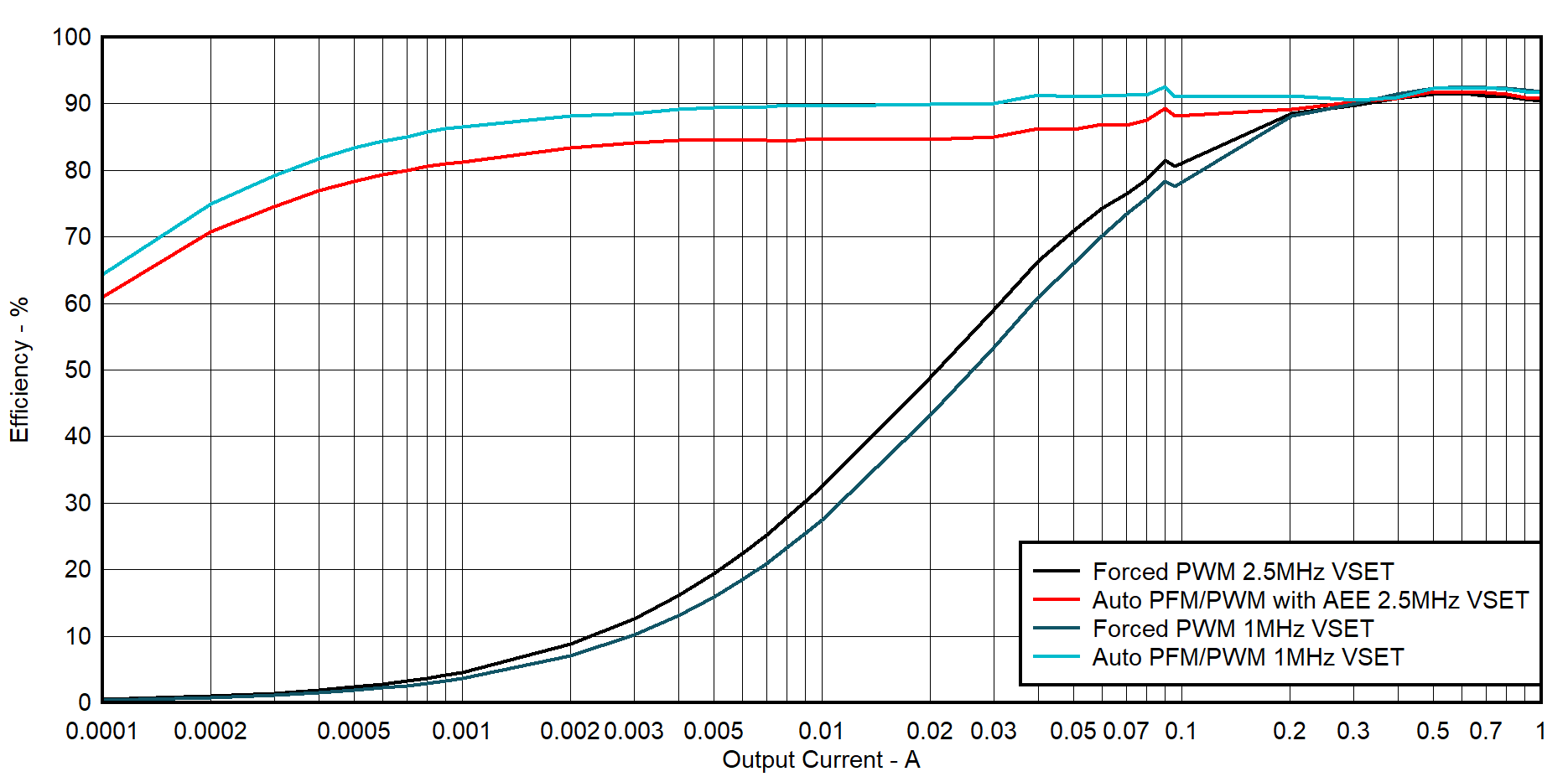 Figure 5-1 Efficiency, VIN = 12 V,
VOUT = 3.3 V, FSW = 2.5 MHz and 1 MHz
Figure 5-1 Efficiency, VIN = 12 V,
VOUT = 3.3 V, FSW = 2.5 MHz and 1 MHz 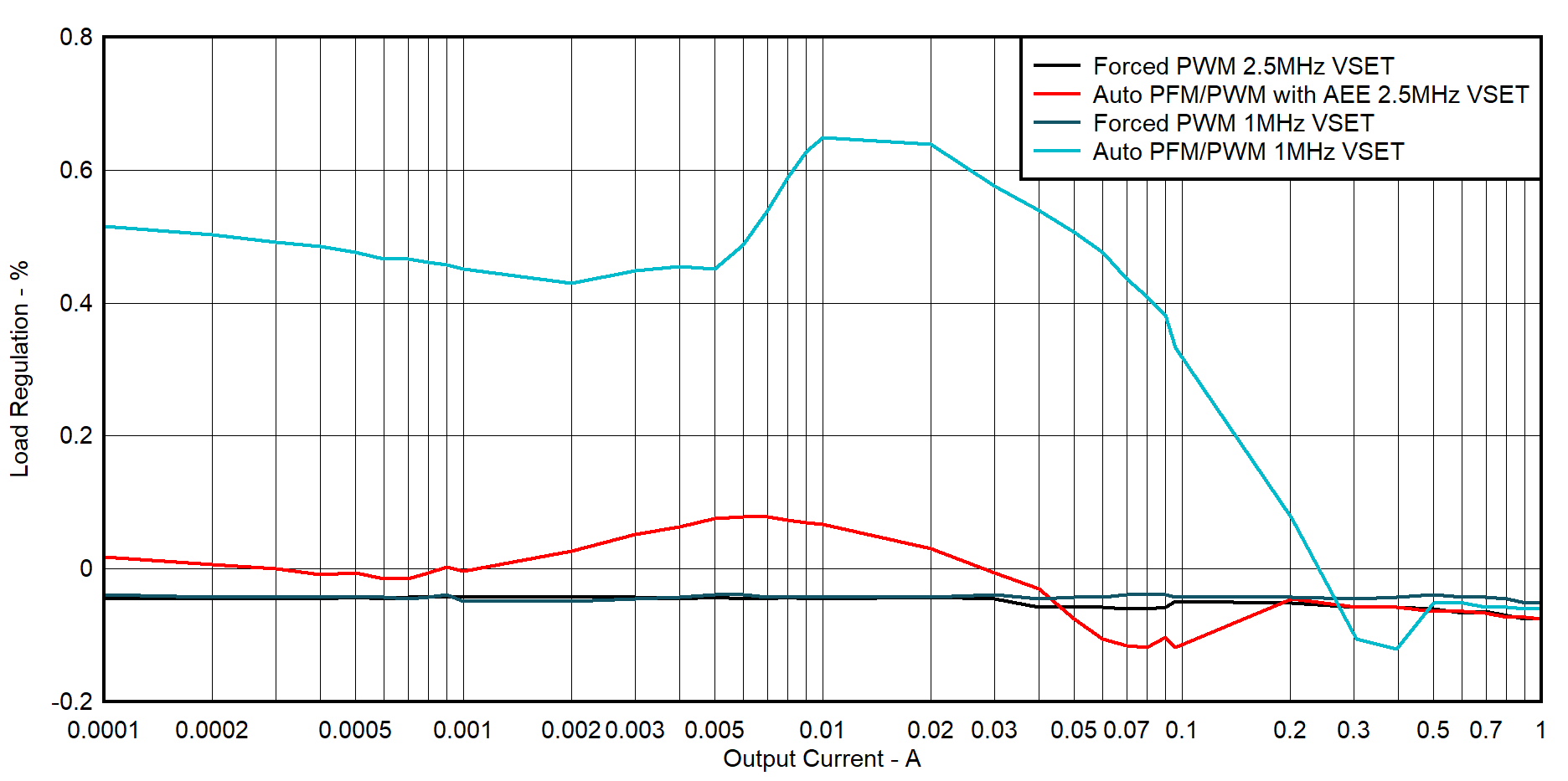 Figure 5-2 Load Regulation, VIN = 12 V,
VOUT = 3.3 V, FSW = 2.5 MHz and 1 MHz
Figure 5-2 Load Regulation, VIN = 12 V,
VOUT = 3.3 V, FSW = 2.5 MHz and 1 MHz 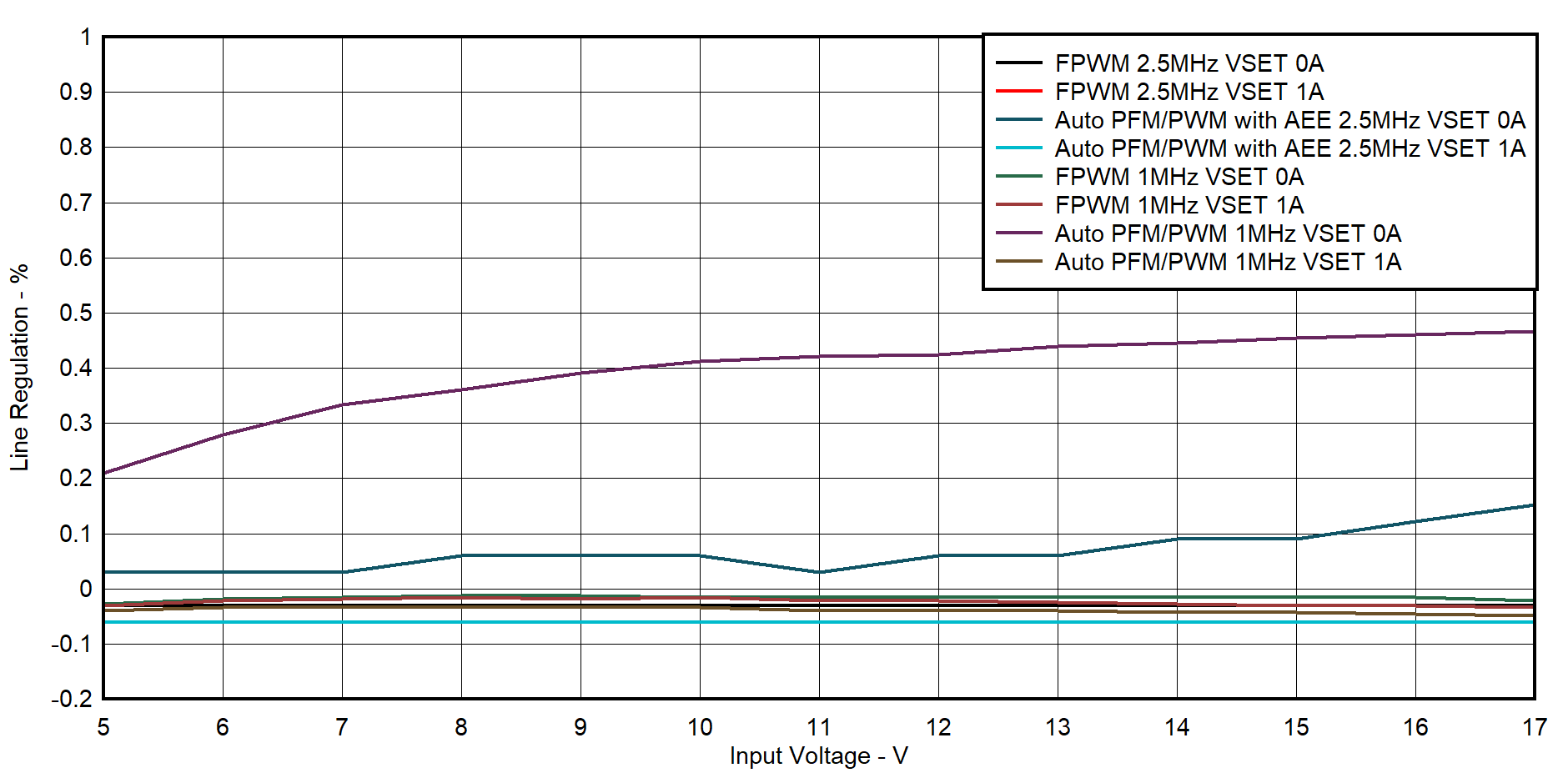 Figure 5-3 Line Regulation, VIN = 5 V–17
V, VOUT = 3.3 V, IOUT = 0 A and 1 A, FSW = 2.5 MHz and 1
MHz
Figure 5-3 Line Regulation, VIN = 5 V–17
V, VOUT = 3.3 V, IOUT = 0 A and 1 A, FSW = 2.5 MHz and 1
MHz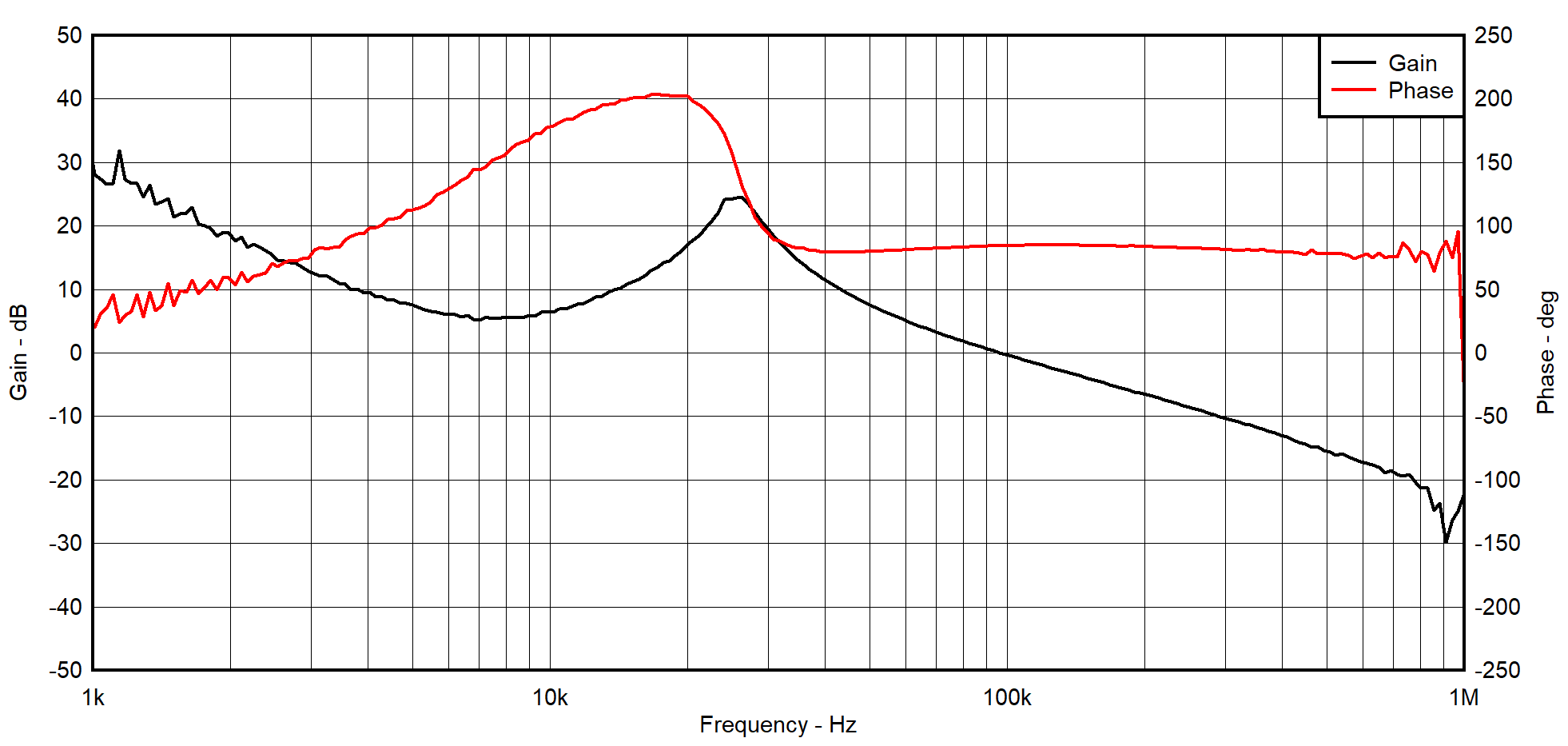 Figure 5-4 Loop Response Forced PWM VSET,
VIN = 12 V, VOUT = 3.3 V, IOUT = 1 A
Figure 5-4 Loop Response Forced PWM VSET,
VIN = 12 V, VOUT = 3.3 V, IOUT = 1 A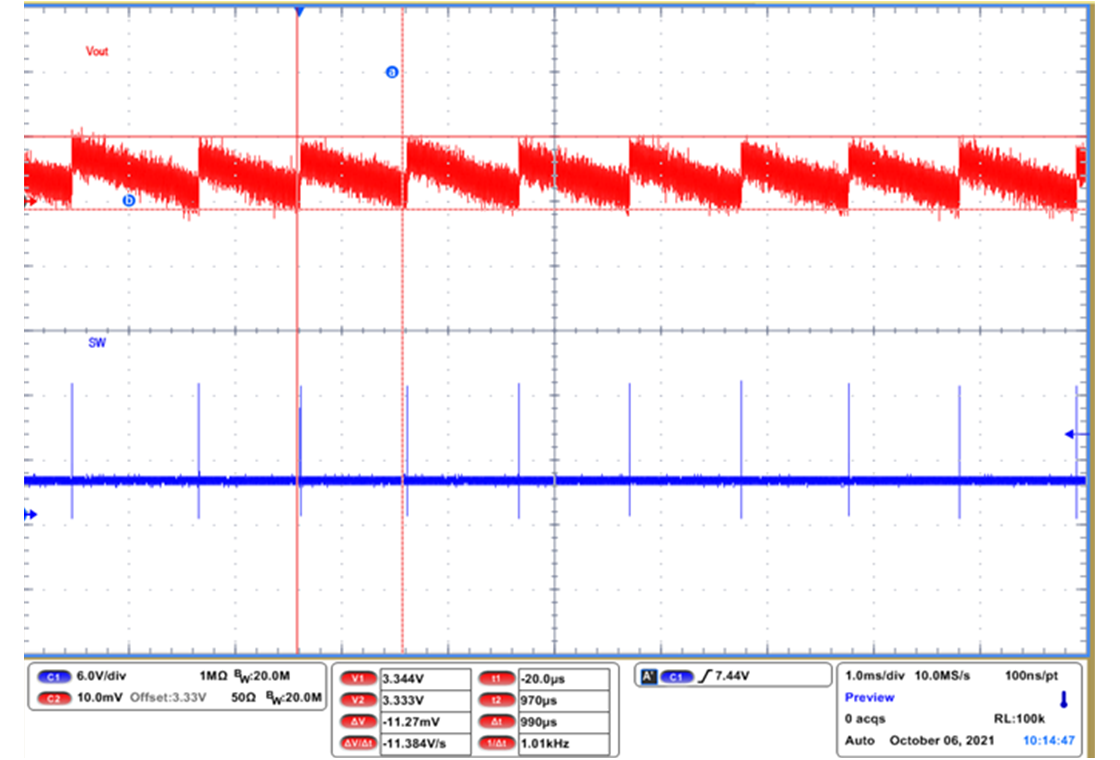 Figure 5-5 Output Voltage Ripple Auto PFM/PWM,
VIN = 12 V, VOUT = 3.3 V, IOUT = 0 A
Figure 5-5 Output Voltage Ripple Auto PFM/PWM,
VIN = 12 V, VOUT = 3.3 V, IOUT = 0 A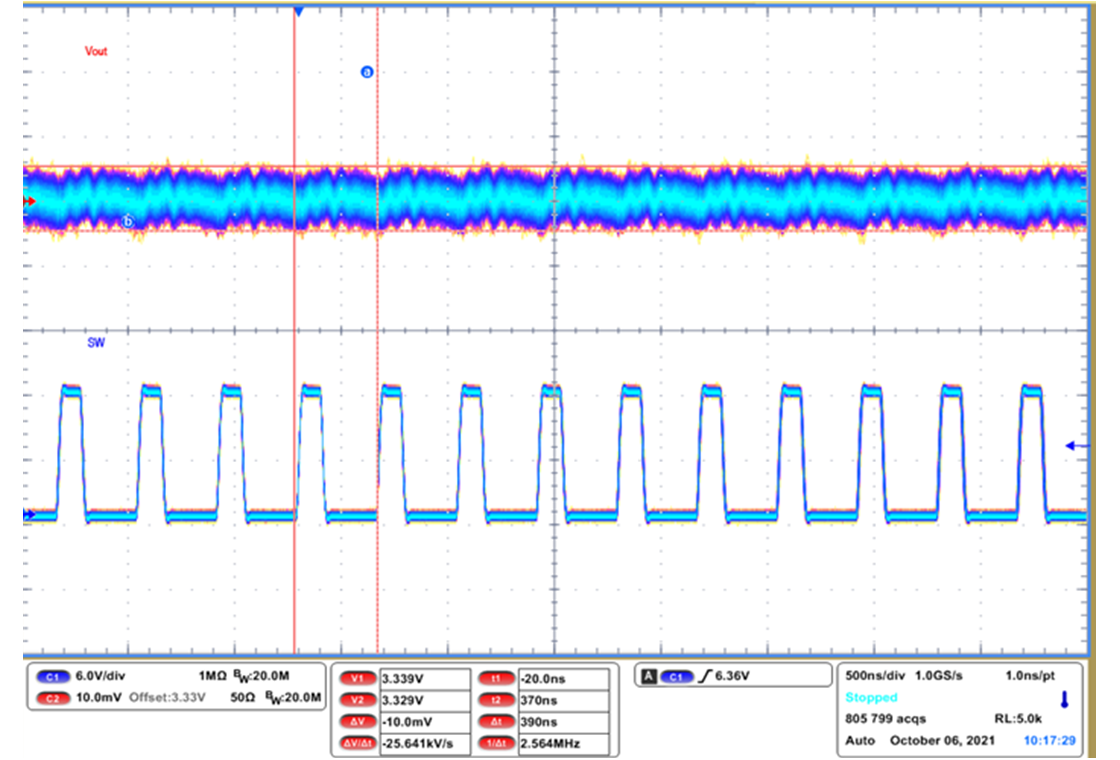 Figure 5-6 Output Voltage Ripple Forced PWM,
VIN = 12 V, VOUT = 3.3 V, IOUT = 1 A
Figure 5-6 Output Voltage Ripple Forced PWM,
VIN = 12 V, VOUT = 3.3 V, IOUT = 1 A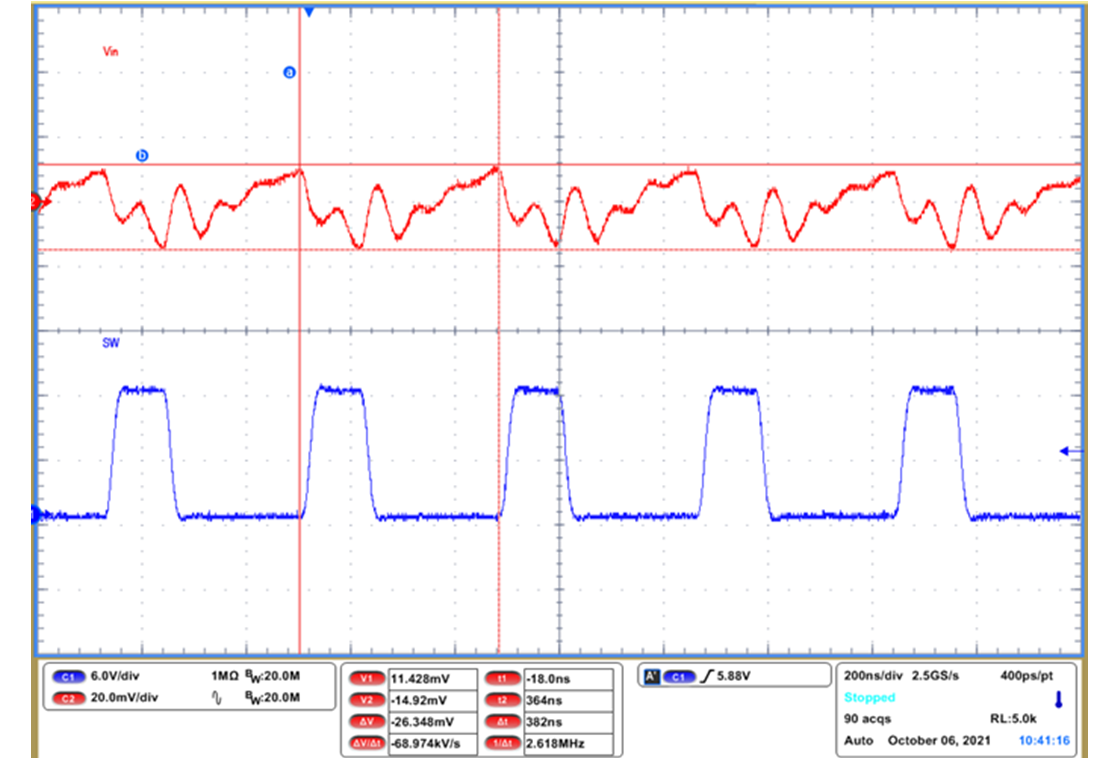 Figure 5-7 Input Voltage Ripple Forced PWM,
VIN = 12 V, VOUT = 3.3 V, IOUT = 1 A
Figure 5-7 Input Voltage Ripple Forced PWM,
VIN = 12 V, VOUT = 3.3 V, IOUT = 1 A 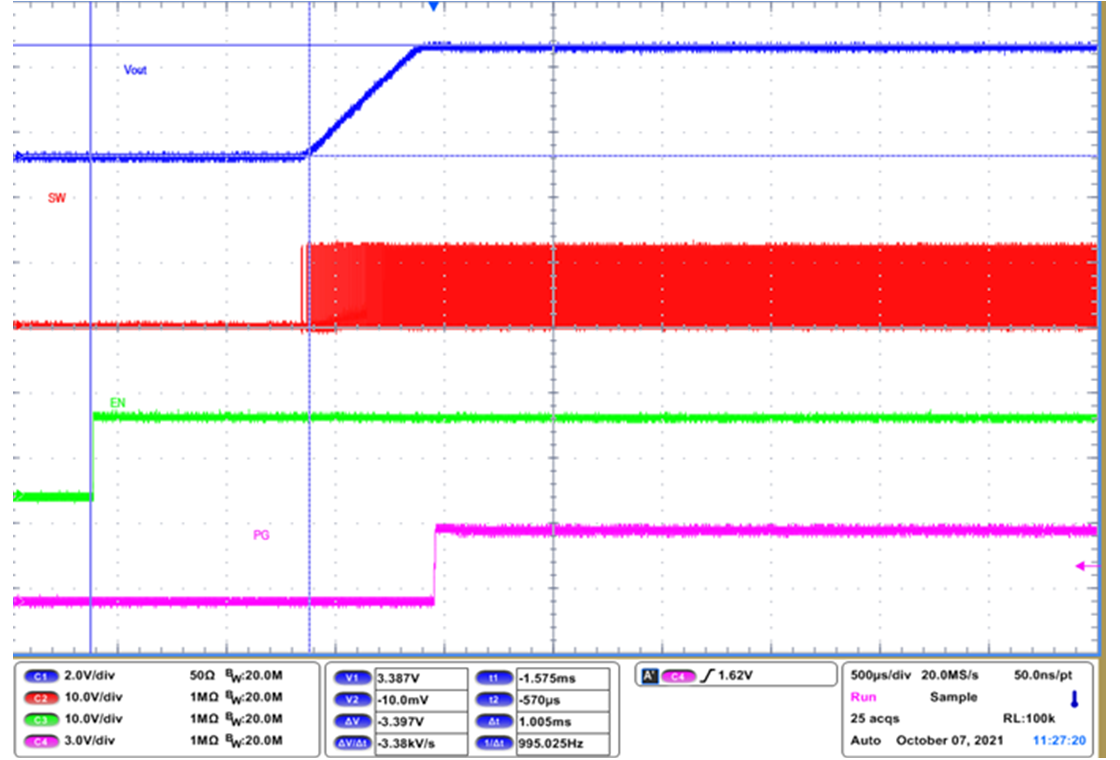 Figure 5-8 Enable Start-Up Forced PWM,
VIN = 12 V, VOUT = 3.3 V, IOUT = 1 A
Figure 5-8 Enable Start-Up Forced PWM,
VIN = 12 V, VOUT = 3.3 V, IOUT = 1 A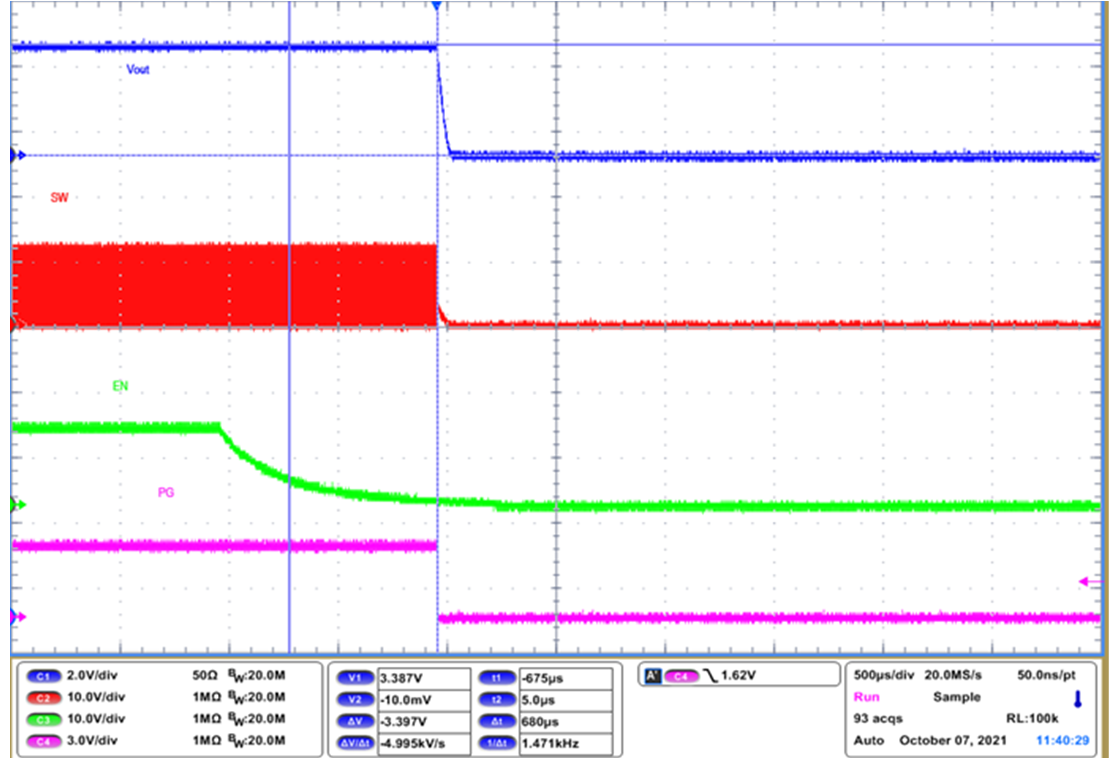 Figure 5-9 Enable Shutdown Forced PWM,
VIN = 12 V, VOUT = 3.3 V, IOUT = 1 A
Figure 5-9 Enable Shutdown Forced PWM,
VIN = 12 V, VOUT = 3.3 V, IOUT = 1 A 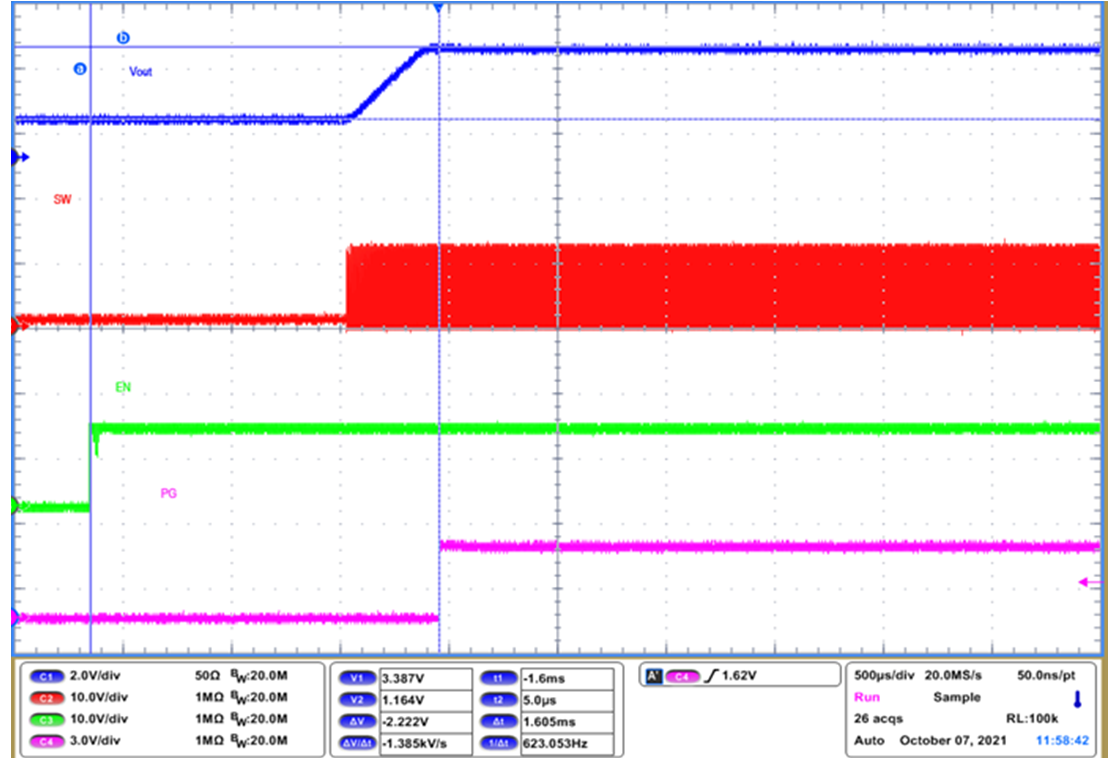 Figure 5-10 Enable Pre-Bias Start-Up Forced PWM,
VIN = 12 V, VOUT = 3.3 V, IOUT = 0 A
Figure 5-10 Enable Pre-Bias Start-Up Forced PWM,
VIN = 12 V, VOUT = 3.3 V, IOUT = 0 A Figure 5-11 Load Transient Forced PWM VSET,
VIN = 12 V, VOUT = 3.3 V, IOUT= 0.5 A–1 A, Slew Rate = 1
A/us
Figure 5-11 Load Transient Forced PWM VSET,
VIN = 12 V, VOUT = 3.3 V, IOUT= 0.5 A–1 A, Slew Rate = 1
A/us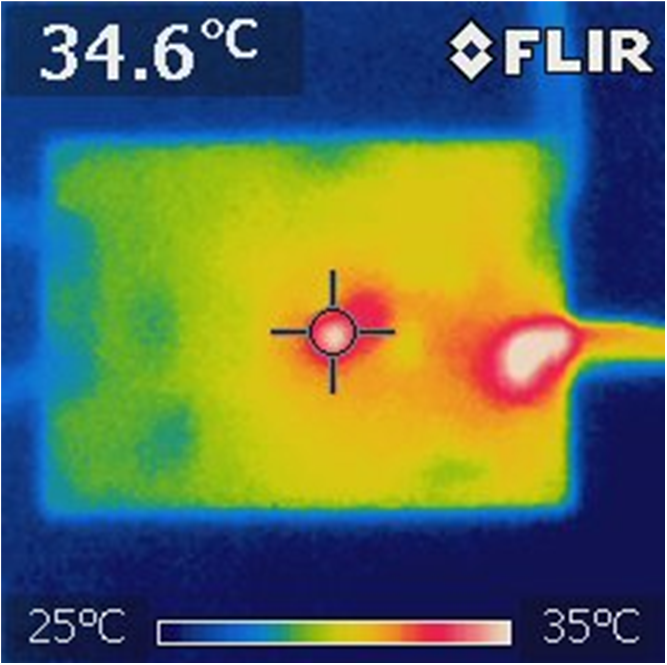 Figure 5-12 Thermal Performance Forced PWM,
VIN = 12 V, VOUT = 3.3 V, IOUT = 1 A FSW = 2.5
MHz
Figure 5-12 Thermal Performance Forced PWM,
VIN = 12 V, VOUT = 3.3 V, IOUT = 1 A FSW = 2.5
MHz